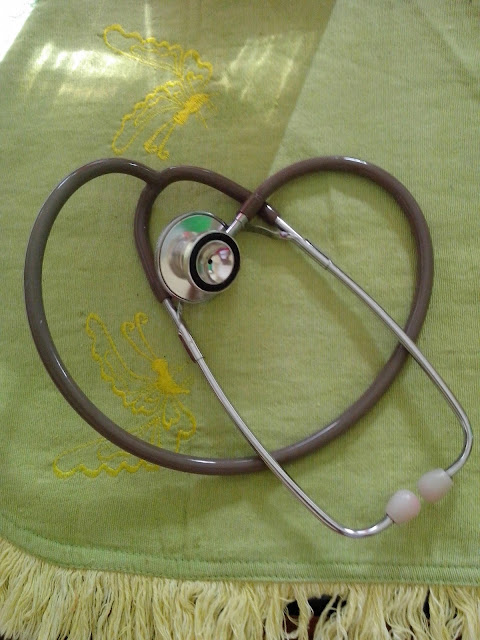A stethoscope is a medical device for listening to sounds inside the body. The initial stethoscope was invented in the early 19th century by French physician Ren� Laennec, but was actually trying to achieve a rather different end: doctor-patient distance....
Tuesday, April 18, 2017
Reference Ranges—Hematology and Coagulation
|
Reference Ranges—Hematology and Coagulation
| ||||||||||||||||||||||||||||||||||||||||||||||||||||||||||||||||||||||||||||||||||||||||||||||||||||||||||||||||||||||||||||
|---|---|---|---|---|---|---|---|---|---|---|---|---|---|---|---|---|---|---|---|---|---|---|---|---|---|---|---|---|---|---|---|---|---|---|---|---|---|---|---|---|---|---|---|---|---|---|---|---|---|---|---|---|---|---|---|---|---|---|---|---|---|---|---|---|---|---|---|---|---|---|---|---|---|---|---|---|---|---|---|---|---|---|---|---|---|---|---|---|---|---|---|---|---|---|---|---|---|---|---|---|---|---|---|---|---|---|---|---|---|---|---|---|---|---|---|---|---|---|---|---|---|---|---|---|
| ||||||||||||||||||||||||||||||||||||||||||||||||||||||||||||||||||||||||||||||||||||||||||||||||||||||||||||||||||||||||||||
Ethical Core Concepts of Nursing Practice
Professional nurses occupy the frontlines of the health care arena.
So, it is no surprise that they are the part of the health care team patients
trust most with their health and welfare. Along with this privilege, nurses
carry equal duties of responsibility and accountability to follow ethical
principles and standards of care integral to the profession. Greater efforts
must be made from within the profession to apply evidence-based research data to
daily practice systematically and deliberately, thereby increasing patient
safety, improving outcomes, and reducing risk and adverse events. Transformation
of the professional culture within the health care system itself would give
nurses at the bedside the incentive to join in these efforts as full partners
with leaders in health care. Additional measures might include protocol
implementation, preceptor performance review, peer review, continuing education,
patient satisfaction surveys, and the implementation of risk management
techniques. However, in certain instances, either despite or in the absence of
such internal mechanisms, claims are made for an alleged injury or alleged
malpractice liability. Although the vast majority of claims may be without
merit, many professional nurses will have to deal with the unfamiliar legal
system. A system of ethical principles and standards of care will be beneficial
in such situations. Therefore, it is preferable for the nursing profession to
incorporate certain ethical and legal principles and protocols into practice to
make sure that the patient receives only safe and appropriate care.
Clinical ethics literature identifies four principles and values
that are integral to the professional nurse's practice: the nurse's ethical duty
to respect the patient's autonomy and to act with beneficence, nonmaleficence,
and justice.
RESPECT FOR THE INDIVIDUAL AND HIS AUTONOMY
-
Respect for the individual's autonomy incorporates principles of freedom of choice, self-determination, and privacy.
-
The professional nurse's duty is to view and treat each individual as an autonomous, self-determining person with the freedom to act in accordance with self-chosen, informed goals, as long as the action does not interfere or infringe on the autonomous action of another.
-
See the National League of Nursing Statement on Patients' Rights (see Box 2-1).
-
The Joint Commission has established National Patient Safety Goals based on such settings as ambulatory care, assisted living, and the facility. See www.jointcommission.org/patientsafety/nationalpatientsafetygoals for more information.
BENEFICENCE
The principle of beneficence affirms the inherent professional
aspiration and duty to help promote the well-being of others and, often, is the
primary motivating factor for those who choose a career in the health care
profession. Health care professionals aspire to help people achieve a better
life through an improved state of health.
NONMALEFICENCE
-
The principle of nonmaleficence complements beneficence and obligates the professional nurse not to harm the patient directly or with intent.
-
It is best to seek to promote a balance of potential riskinduced harms with benefits, with the basic guideline being to strive to maximize expected benefits and minimize possible harms. Therefore, nonmaleficence should be balanced with beneficence.
JUSTICE
-
Justice, or fairness, relates to the distribution of services and resources.
-
As the health care dollar becomes increasingly more scarce, justice seeks to allocate resources fairly and treat patients equally.
-
Dilemmas arise when resources are scarce and insufficient to meet the needs of everyone. How do we decide fairly who gets what in such situations?
-
One might consider whether it is just or fair for many people not to have funding or access to the most basic preventive care, whereas others have insurance coverage for expensive and long-term hospitalizations.
-
Along with respect for people and their autonomy, the complex principle of justice is a culturally comfortable principle in countries such as the United States. Nonetheless, the application of justice is complex and often challenging.
Subscribe to:
Posts (Atom)
Powered by Blogger.



